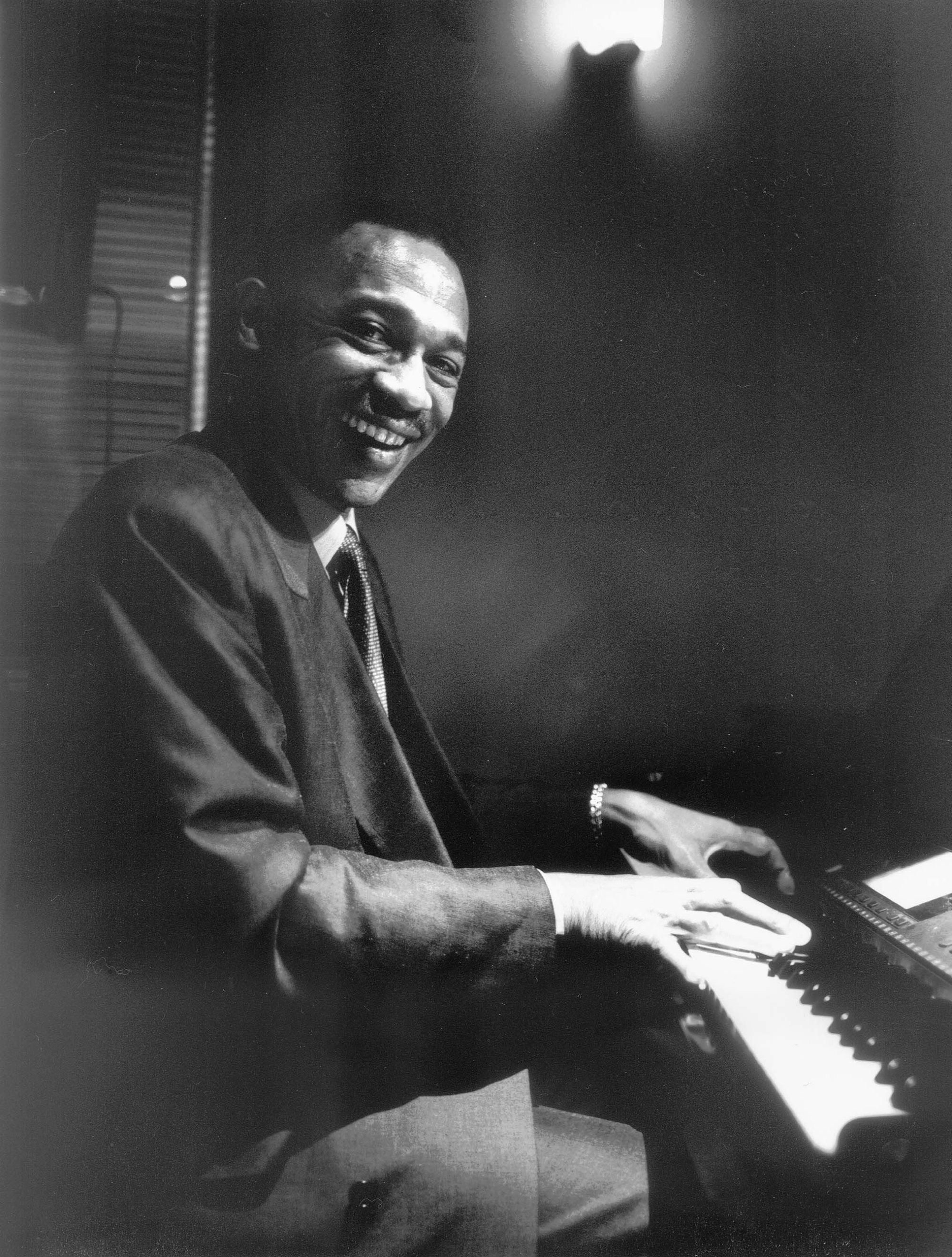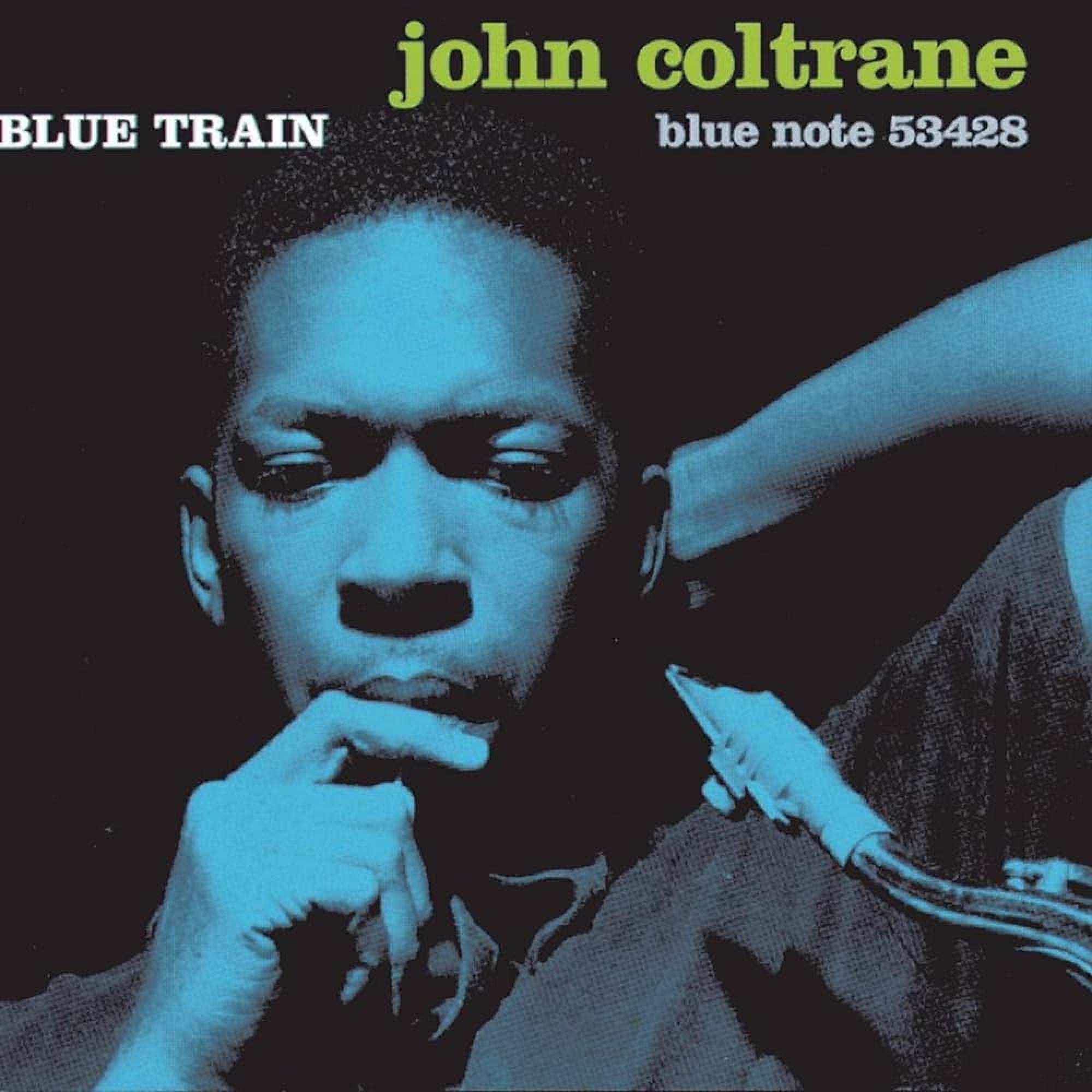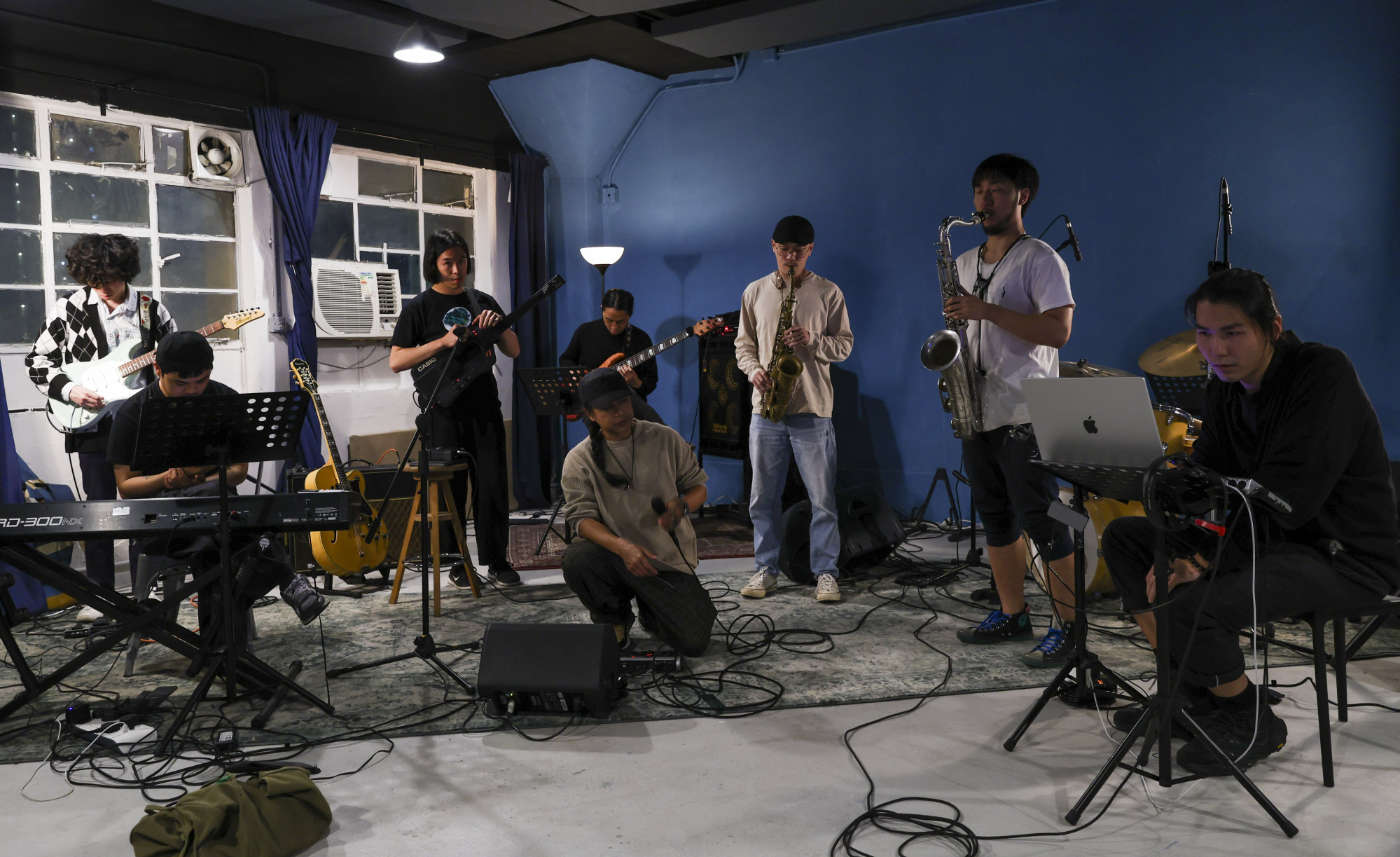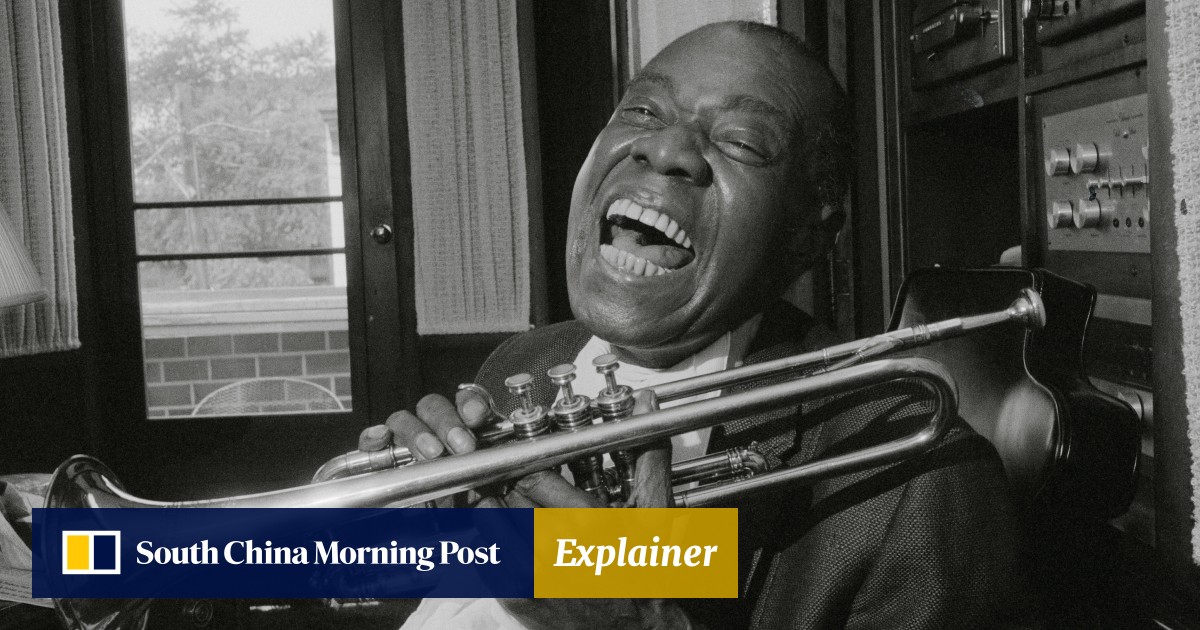Youngblood moved to Hong Kong in 1992 and has performed in various jazz venues in the city since then. He identifies as a traditionalist when it comes to jazz.
Here is what he advises:
“Jazz comes from tradition. Jazz has history. If you don’t know the history, then you’re not going to know anything. Once you understand the history, you’ll start realising why artists are playing a certain way,” says Youngblood.
Jazz was born in the late 19th century in New Orleans, Louisiana, in the African- American community during a time when memories of slavery were still fresh and its influence on society still alive. Although slavery had been abolished in 1865, Jim Crow laws mandating racial segregation persisted until the mid-20th century.
The genre’s origins are in blues and ragtime. It was different from these two forms of music in that it was more upbeat than blues and, unlike the fully composed ragtime, incorporated improvisation.
African rhythms had a big influence on early jazz. There were European influences as well, especially in the use of instruments such as brass and violin.
“Jazz is basically the meeting of African music and European music,” Youngblood says.

Jazz quickly became popular across the United States as African-American musicians found work in entertainment venues. Later it became wildly popular in Europe when black American soldiers serving there during World War I performed it.
Improvisation and individual creativity have always been at the core of jazz. The earliest form of jazz, dubbed “New Orleans jazz”, consists of musicians taking turns playing solos during a performance while the rest of the band – usually consisting of a trumpet, guitar, drums, piano, a trombone – would play background rhythms.
Youngblood recommends two musicians for beginners to start with.

“When you are completely new to jazz, you should first listen to Miles Davis’ album Kind of Blue. Everything is in there – blues, jazz. My other favourite is John Coltrane,” he says.
Miles Davis’ Kind of Blue was released in 1959 and consists of just five songs. To many, it is remembered as one of the best jazz albums, one that pioneered a new kind of jazz called “modal jazz”.
Modal jazz was different from hard bop, prominent at the time, which was a more groovy and danceable subgenre of jazz. More importantly, modal jazz marked a fundamental break from the then established method of playing jazz, which was to play solos on top of chords that repeated throughout a piece.

Modal jazz gave more liberty to the musician to improvise and be flexible in creating their own melody and rhythm, rather than focusing on matching the chords. Kind of Blue is to this day the bestselling jazz album.
John Coltrane, who was a saxophonist, was born in the same year as Davis.
One of Coltrane’s most famous albums is Blue Train, which was recorded in 1957. But the album to listen to, in order to understand his lasting legacy and to fully embrace the “free jazz” movement of the mid 1960s, which advocated much more freedom in improvisation, is his 1966 album Ascension.

Gold Mountain
Gold Mountain, the vocalist and rapper of the Fountain Collective, an experimental jazz collective, does not come from a traditional jazz music background. Having joined the jazz collective two years ago, he still considers himself a jazz novice and a rapper by trade. But precisely because of that, he has a different perspective on how to approach the genre.
It was the total unseriousness and “controlled chaos” of the Fountain Collective’s performance two years ago that led the rapper to join the experimental jazz collective as a vocalist.

“I was emceeing at the Freespace Jazz Festival, and most of the performers throughout the day were all so serious. I think it’s because a lot of jazz musicians feel a lot of pressure, especially when it comes to self image. A lot of them wonder ‘Am I really good enough?’,” he says.
“But then came these guys, 12 or 13 of them wearing scuba diving goggles and wetsuits. I asked them why they were dressed like that. They answered, ‘Because the theme is underwater!’ Then they went on stage and their performance had this insane, crazy energy that I haven’t witnessed before.”
While the collective’s performance may look chaotic and unorganised, Gold Mountain says members of the Fountain Collective such as bassist Nelson Fung and Bowen Li are among the most in-demand musicians in Hong Kong and have gone through rigorous traditional training as jazz musicians.
For them, Fountain Collective is an outlet for them to further break away from conformity and tradition and reimagine what jazz could be.
“The rule of jazz is that you learn the rules, you master them, and then you try to destroy them as you improvise. It’s so different from classical music where you play and listen to what is already set in stone and fully composed,” Gold Mountain says.
Here are a few more tips to help you enjoy jazz:
1. Watch live jazz and be fully present
When one attends a live jazz performance, there is so much more to enjoy than just the music itself. Musicians make different facial expressions as they bob their heads and move their bodies as they get into their flow. They make and break eye contact with each other to signal a chord change or coming solo.
“These guys on stage are having the time of their lives and they don’t really care about the audience. They are not even playing for the audience. They are purely playing for themselves and exploring their creativity as they improvise. Jazz is the most present music form there is,” Gold Mountain says.

2. Atmosphere and audience reaction enrich the experience
There is no alternative to attending live jazz shows to get a real taste of all that. Covid-19 hit jazz venues severely and many closed down, according to Youngblood, but there are still a number of places to check out in Hong Kong.
Foxglove in Central and DarkSide in the Rosewood hotel in Tsim Sha Tsui have the more typical upscale setting one might imagine when thinking about a jazz bar, with nice cocktails and food.
Chez trente in Sheung Wan has a more casual set-up, and the atmosphere and music there are extremely vibrant. There isn’t really a stage, so it is possible to get closer to the musicians and really observe and soak up their energy.
Gold Mountain’s Fountain Collective operates a performance space in San Po Kong, Kowloon, where they regularly play with other local musicians.

Here are a few common subgenres of jazz
Bebop
Bebop came about in the 1940s and marked the beginning of modern jazz. It challenged the convention and created a divide between those who appreciated the new elements that bebop brought in – such as fast tempo, fast chord changes and emphasis of individual solos rather than ensemble playing – and those who didn’t.
Hard bop
Hard bop was popular during the 1950s and 60s and had more gospel music and rhythm and blues influence than bebop. It was more Afrocentric and had a slower tempo. The main instruments used in hard bop jazz were trumpet and piano.
Free jazz
As the name suggests, free jazz advocates for a freer expression of the individual musician’s creativity, which makes it difficult to define. One characteristic of free jazz is that musicians don’t play by the set of predetermined chords and instead play simply based on sound.
Cool jazz
Cool jazz came around after World War II and was characterised by slow tempos and a softer and “cooler” vibe than bebop, which was loud and exciting.
